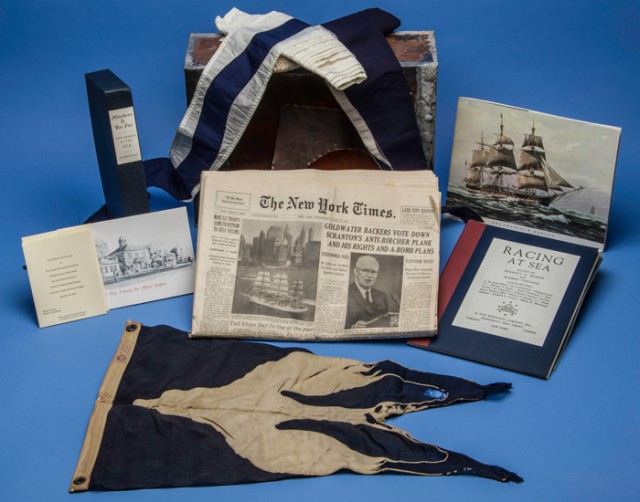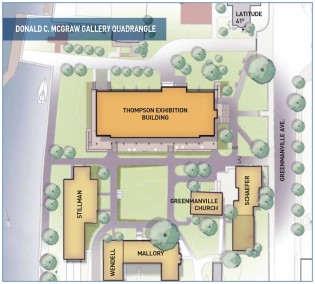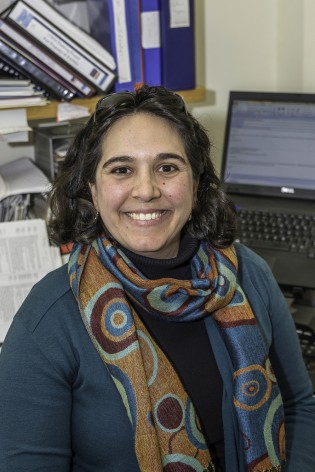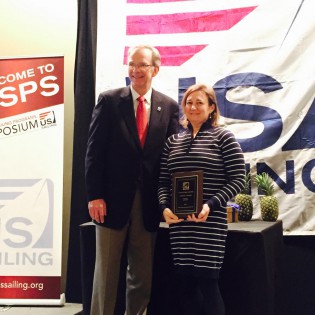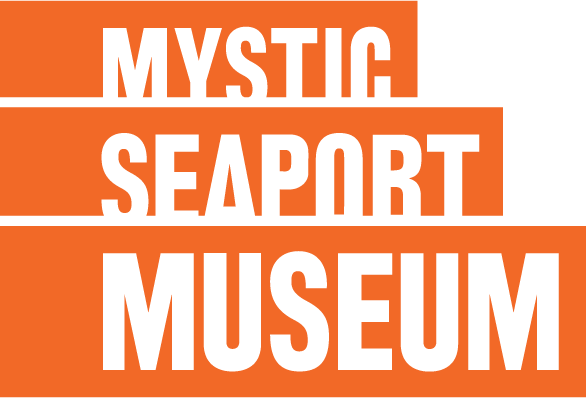Periodically, Mystic Seaport sponsors a visit of a maritime professional or scholar through the Mallory Exchange Fellowship to come to the Museum for a short period of time for study and research purposes. The 2015 Fellow is Sarah Sjøgreen, a ropemaker from the Hardanger Fartøyvernsenter (Hardanger Ship Preservation Center), a museum, traditional ropewalk, and boat-building center in Norway. Her project, “Lines Across the Atlantic: An Exploration of Ropemaking Techniques from the Time of the Vikings through the Turn of the 20th Century”, aims to explore traditional New England rigging practices and materials and to connect them with the more modern history of the fisheries of Northern Europe.
“I have been looking into American ropemaking in the Blunt White Research Library and in the ropewalk exhibit to try and figure out some of the bits that have not already been studied,” she said.
Sjøgreen is being sponsored by Mystic Seaport staff member Sarah Clement, one of the Museum’s riggers. In addition to their time exploring the documents, artifacts, and vessels at the Museum, the two took a field trip to meet with staff at the South Street Seaport in New York to examine their vessels.
Sjøgreen has also been asked to evaluate the Museum’s Plymouth Cordage Company Ropewalk exhibit to try to come up with recommendations of alternative ways to interpret it for the visitor.
When asked how the U.S. and European ropemaking histories differ, she responded:
“You have used a lot of manila, where the Europeans continued to use hemp a bit longer, and you started spinning fibers on machinery earlier than the Europeans did, so you commercialized it more and faster,” she said. “We had a lot of working ropewalks—a huge number of ropewalks—but they continued hand spinning much longer. Perhaps that’s why they kept using hemp for a longer time. I need to look into that.”
In addition to the knowledge of American ropemaking she is picking up on her fellowship, Sjøgreen says she will bring back a number of valuable contacts.
“It’s been very good to get in touch with a lot of people who have a common interest in another part of the world; I think that’s very important,” she said. Sjøgreen will return to Norway after three weeks at the Museum.
The Mallory Endowment was established in 1993 by Wade and Angela Thompson to honor Clifford and Pauline Mallory for their many years of service to Mystic Seaport. The purpose of the fund is to create an international exchange program between the Museum and other institutions.
The alternating schedule has an international scholar coming to the Museum for study and research purposes on one year; and in the next a Mystic Seaport staff member visits a foreign museum for the same purpose.

